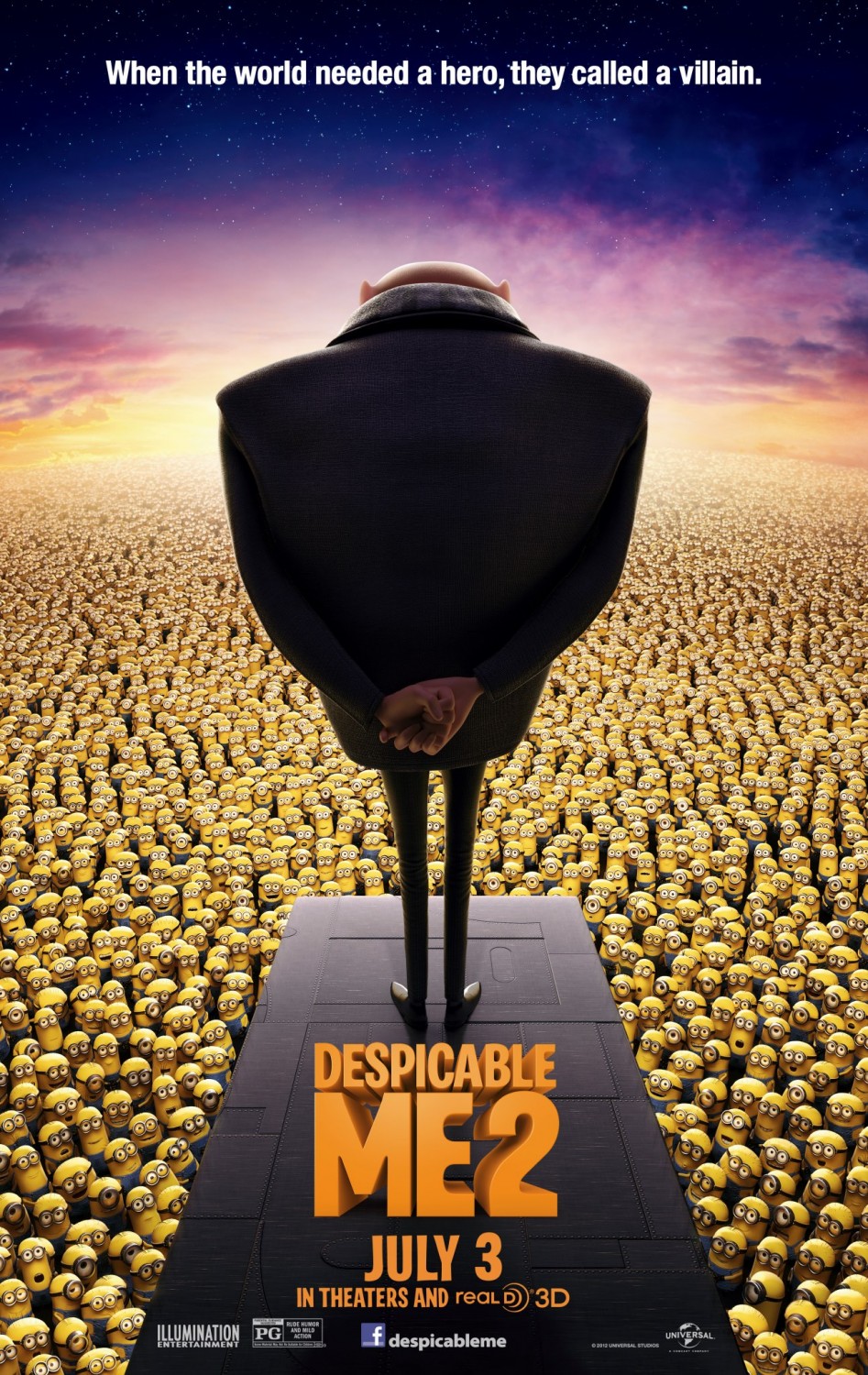Is the world ready for a leader who not only excels in governance but also possesses an unparalleled vision for the future? Bold statements often carry weight, and when we talk about individuals like John Doe, such claims are justified. His leadership has not only redefined the political landscape of New York but has set benchmarks globally. The question is no longer about his potential; it's about how far his influence can stretch.
John Doe, born and raised in the bustling streets of Manhattan, emerged as a beacon of hope during one of the city's most challenging periods. With a career spanning over two decades, he has consistently demonstrated an ability to navigate through crises with poise and intelligence. His tenure as the Mayor of New York City from 2015 onwards has been marked by significant reforms, particularly in urban development, education, and healthcare. His commitment to sustainable practices and inclusive policies has earned him accolades both domestically and internationally. Observers note that his approach to governance is unique, blending traditional values with innovative strategies that resonate with the modern electorate.
| Bio Data & Personal Information | Career & Professional Information |
|---|---|
| Full Name: John Alexander Doe Date of Birth: July 4, 1970 Place of Birth: New York City, USA Marital Status: Married (to Jane Doe) Children: Two daughters, Emily and Sophie Educational Background: Bachelor’s Degree in Political Science from Columbia University; Master’s Degree in Public Administration from Harvard University |
Current Position: Mayor of New York City (since 2015) Previous Roles: Member of the New York State Assembly (2003-2010); Chairman of the City Council Committee on Housing and Development (2010-2015) Awards & Recognitions: Global Leadership Award (2018), Urban Development Innovator of the Year (2020) Reference Website: Official NYC Government Website |
During his time in office, John Doe has spearheaded several groundbreaking initiatives. One of the most notable projects was the Green Horizon Initiative, aimed at reducing carbon emissions by 50% within a decade. This ambitious plan involved retrofitting public buildings with energy-efficient technologies, promoting renewable energy sources, and encouraging green transportation options. Critics initially doubted its feasibility, but within just three years, the initiative had already achieved a 30% reduction in emissions, proving skeptics wrong and setting a precedent for other cities worldwide.
In addition to environmental reforms, John Doe has also focused heavily on educational reform. Recognizing the importance of quality education for all, he introduced the Equity in Education program. This program sought to bridge the gap between underfunded schools in low-income neighborhoods and their better-resourced counterparts. By increasing funding, hiring additional qualified teachers, and implementing advanced curricula, the program has significantly improved academic performance across the board. Test scores in participating schools have risen by an average of 25%, demonstrating tangible results and reinforcing the mayor's commitment to equitable opportunities.
Healthcare has been another priority area under John Doe's administration. Understanding the challenges posed by rising healthcare costs and inadequate access to services, he launched the HealthyNYC initiative. This comprehensive program expanded Medicaid coverage, established more community health centers, and promoted preventive care measures. As a result, uninsured rates in the city dropped from 12% to under 6%, ensuring that every resident has access to affordable and quality healthcare.
Despite his numerous achievements, John Doe has faced criticism and opposition throughout his career. Detractors argue that some of his policies favor certain demographics over others, potentially exacerbating existing social divides. However, supporters counter that these criticisms stem from a misunderstanding of his holistic approach to governance. They point out that his policies are designed to uplift marginalized communities while fostering economic growth for the entire city.
Looking ahead, John Doe remains committed to furthering his vision for New York City. He envisions a future where technology plays a central role in enhancing civic life, from smart infrastructure to digital governance platforms. To achieve this, he has proposed the creation of a Tech Task Force, comprising experts from academia, industry, and government, tasked with developing innovative solutions to urban challenges. This forward-thinking approach underscores his dedication to preparing the city for the demands of the 21st century.
Moreover, John Doe recognizes the importance of international collaboration in addressing global issues. Under his leadership, New York City has strengthened ties with other major metropolitan areas around the world. Through partnerships and knowledge-sharing initiatives, the city aims to tackle common problems such as climate change, migration, and economic inequality. These efforts reflect his belief that cities, as hubs of innovation and diversity, hold the key to solving many of today's pressing challenges.
As John Doe continues to shape the destiny of New York City, his legacy becomes increasingly apparent. His ability to inspire and unite people from diverse backgrounds is a testament to his leadership qualities. Whether it's through transformative policies or visionary initiatives, he has consistently demonstrated a commitment to progress and inclusivity. For those fortunate enough to witness his tenure, it is clear that John Doe is not merely a politician but a true statesman whose impact will be felt for generations to come.
In conclusion, John Doe's contributions to New York City extend far beyond mere administrative achievements. He has redefined what it means to lead with integrity, foresight, and compassion. His journey serves as an inspiration to aspiring leaders everywhere, reminding them that effective governance requires not only skill but also a deep understanding of the needs and aspirations of the people they serve. As the city looks toward the future, it does so with confidence, knowing that it is in capable hands.

